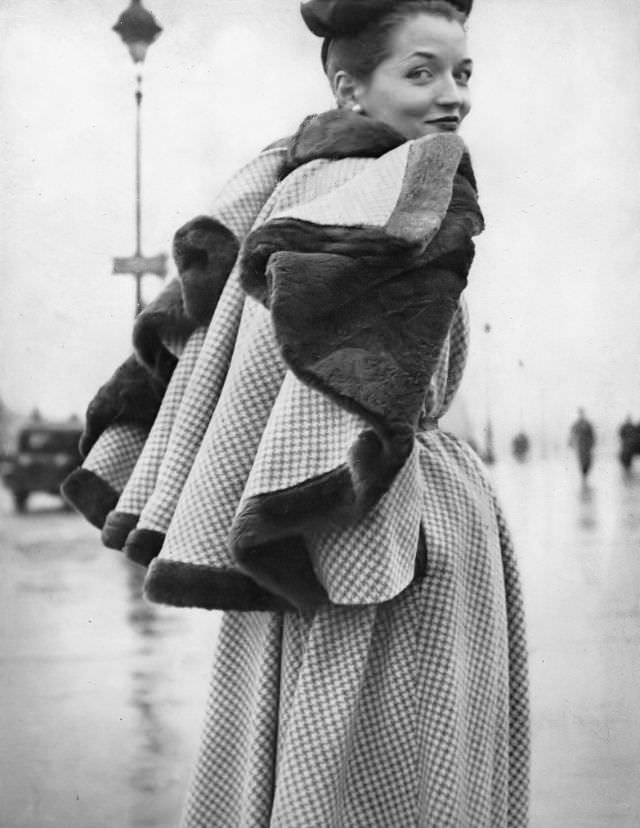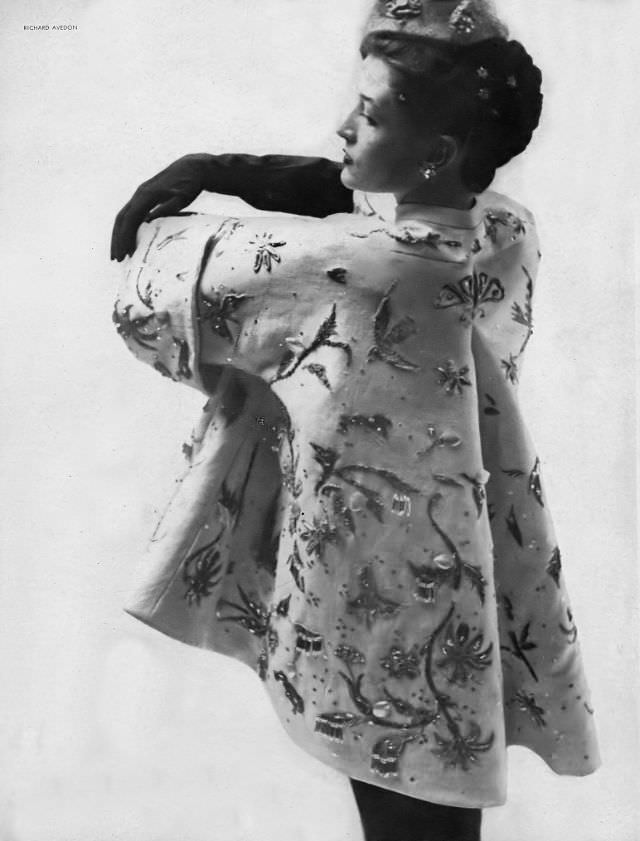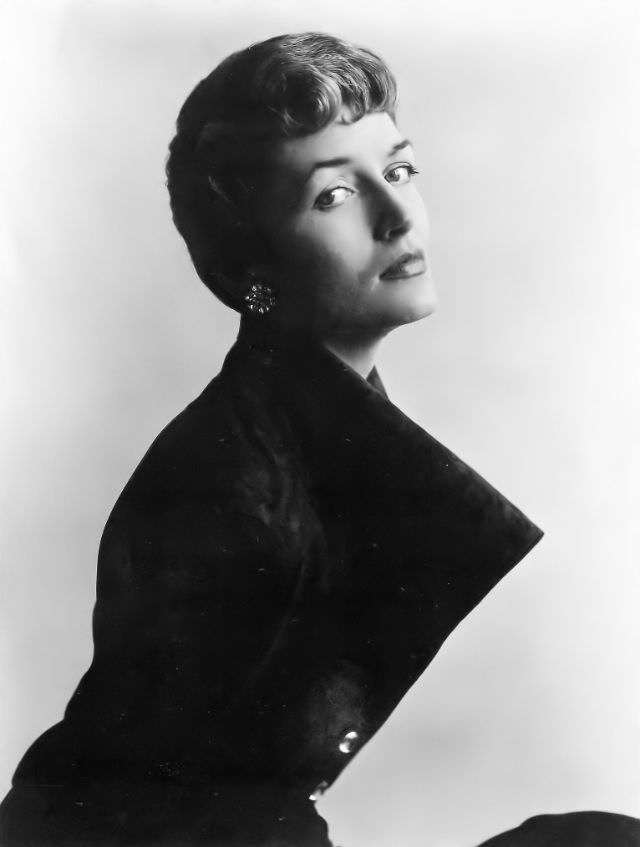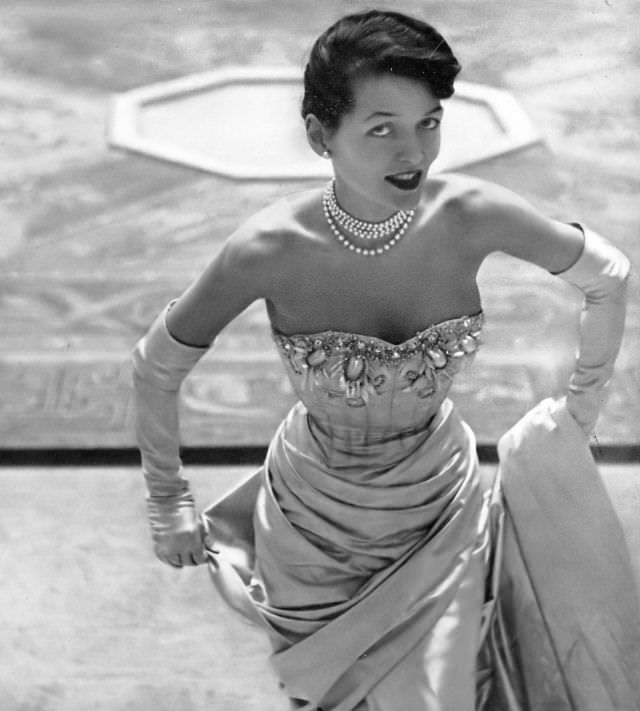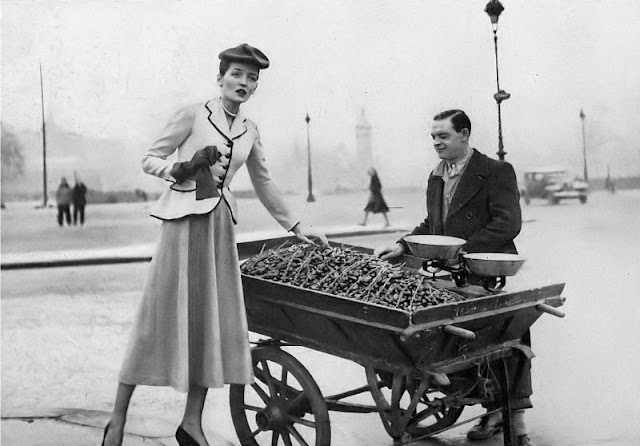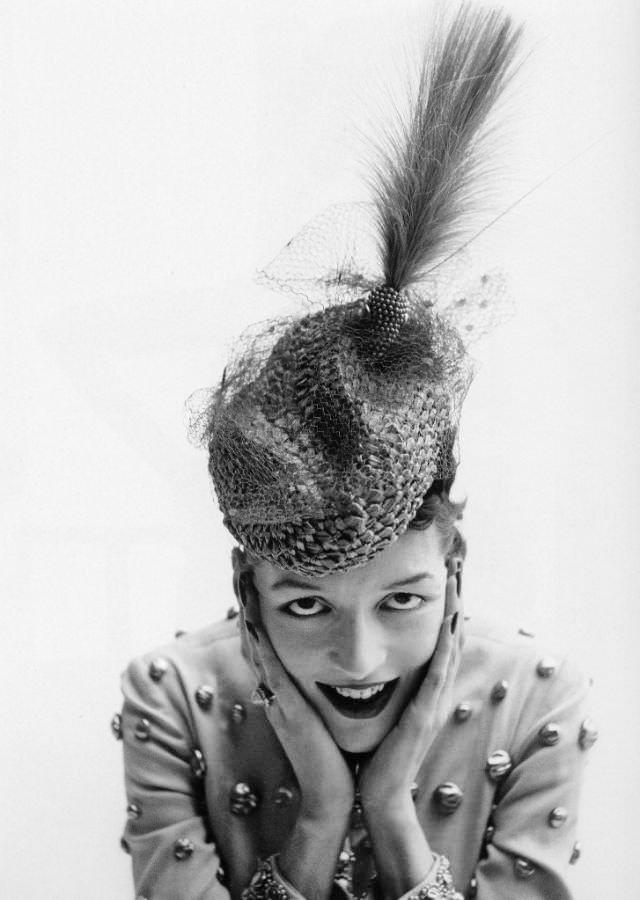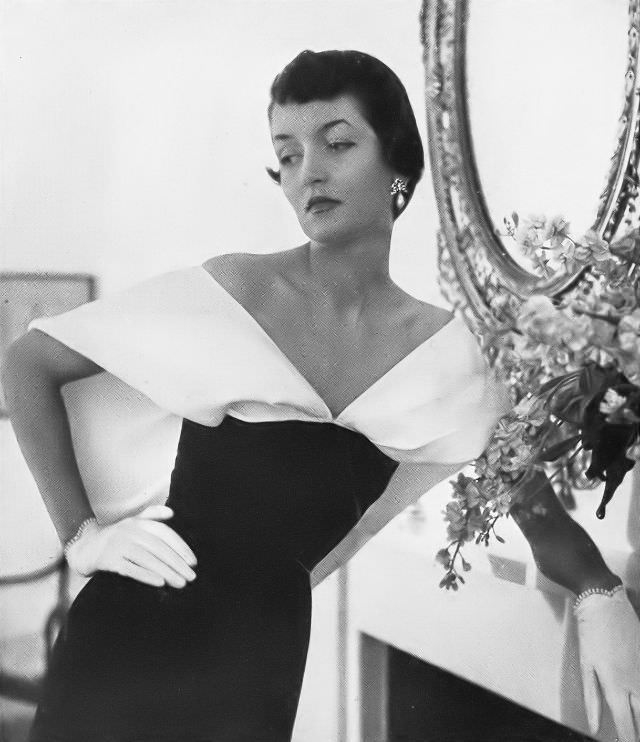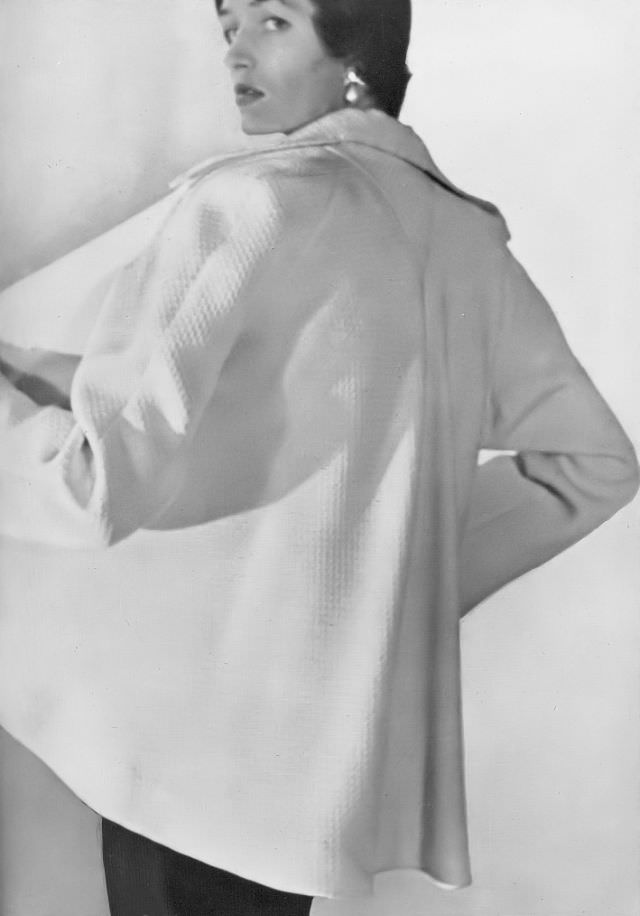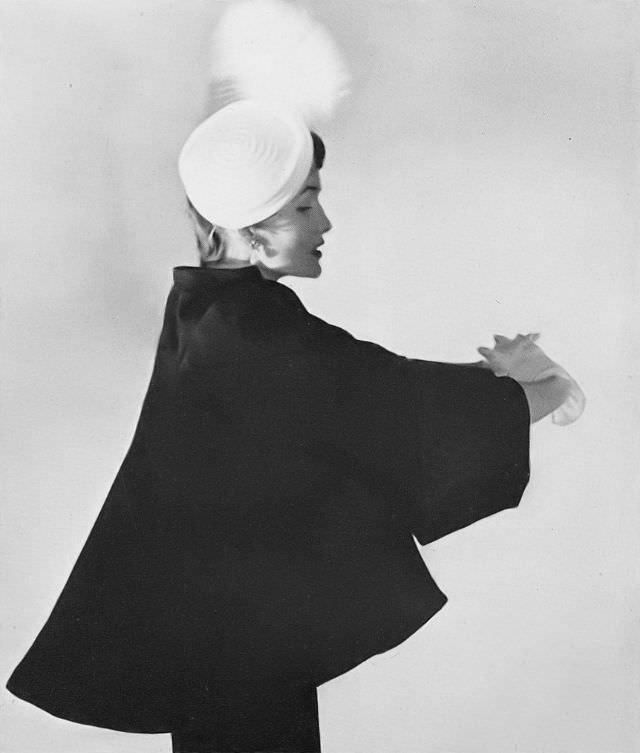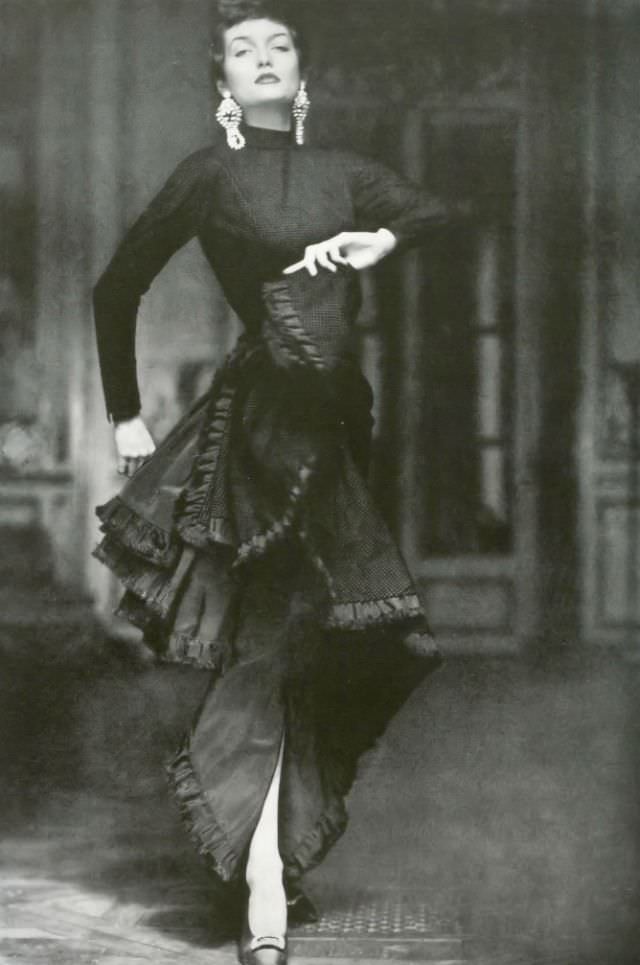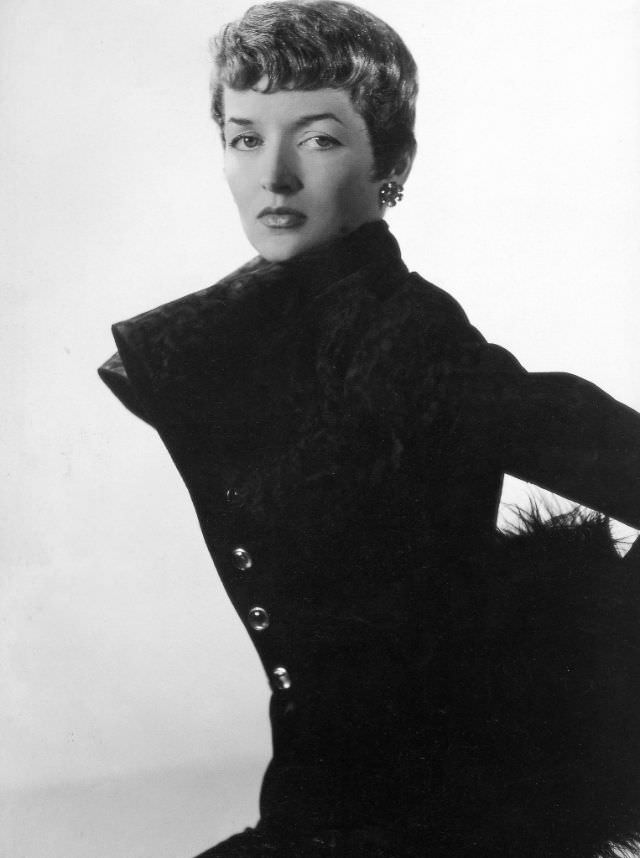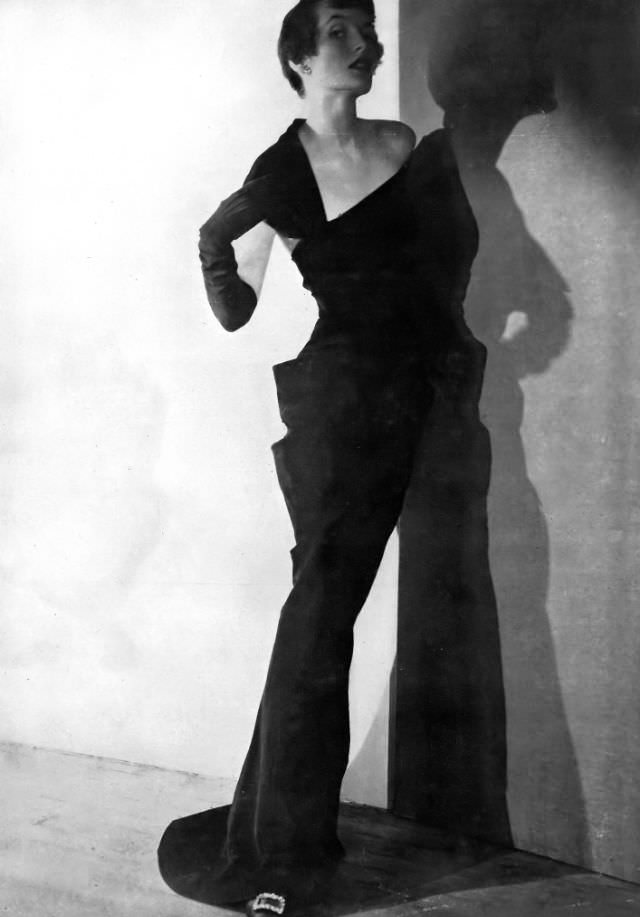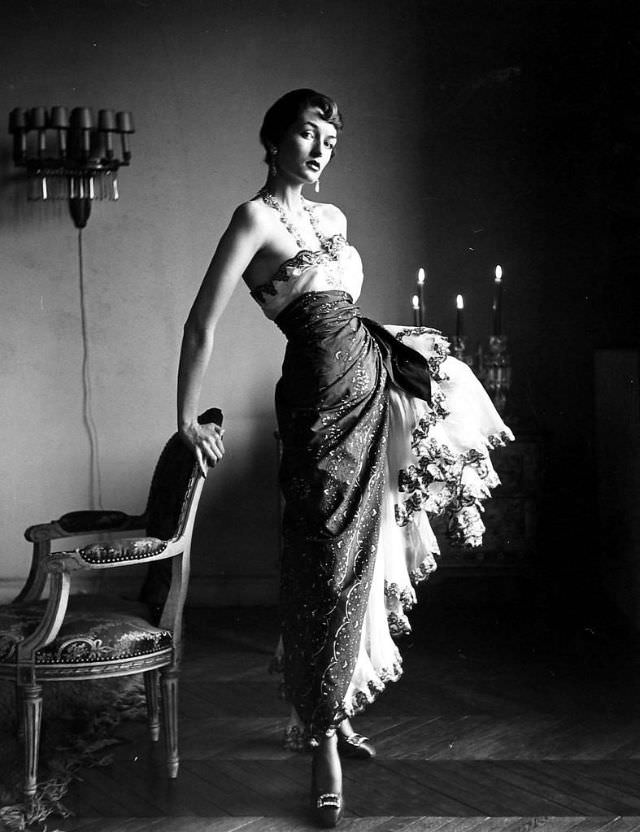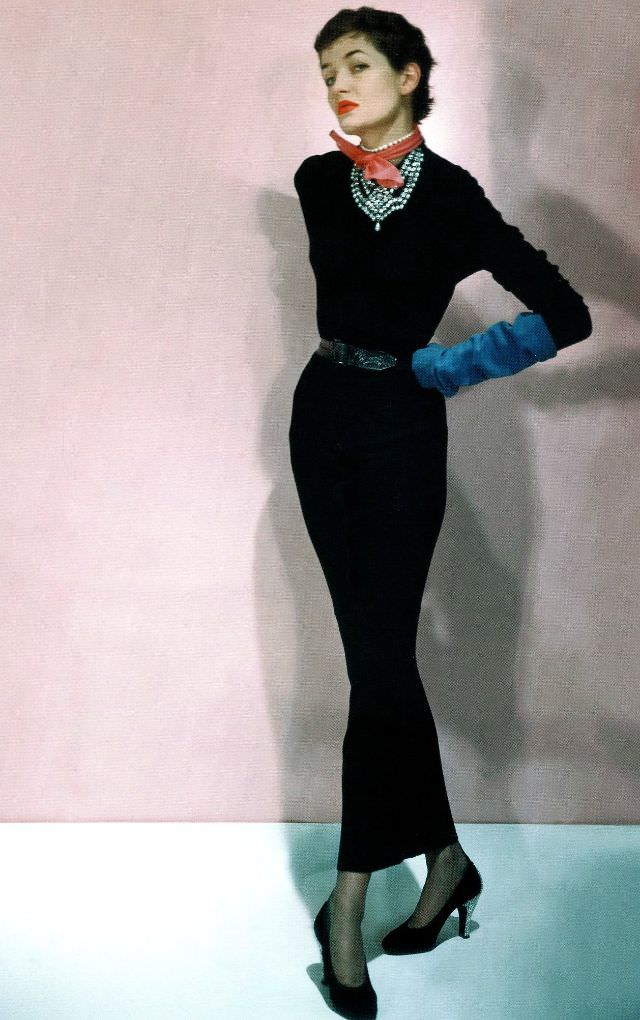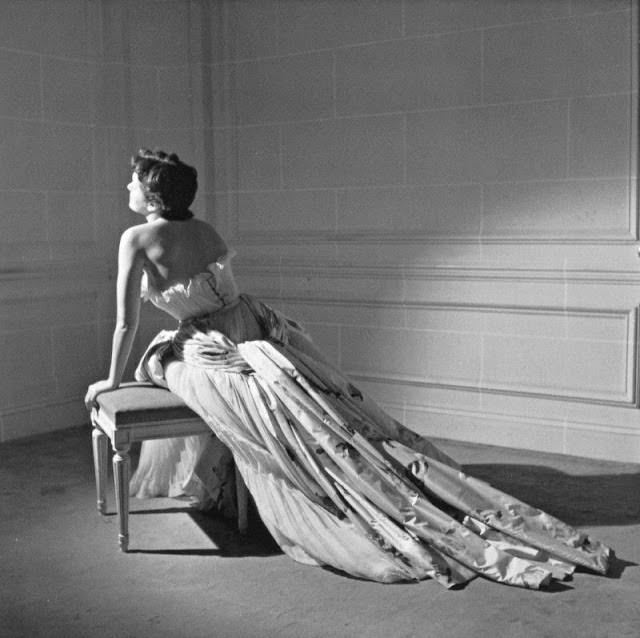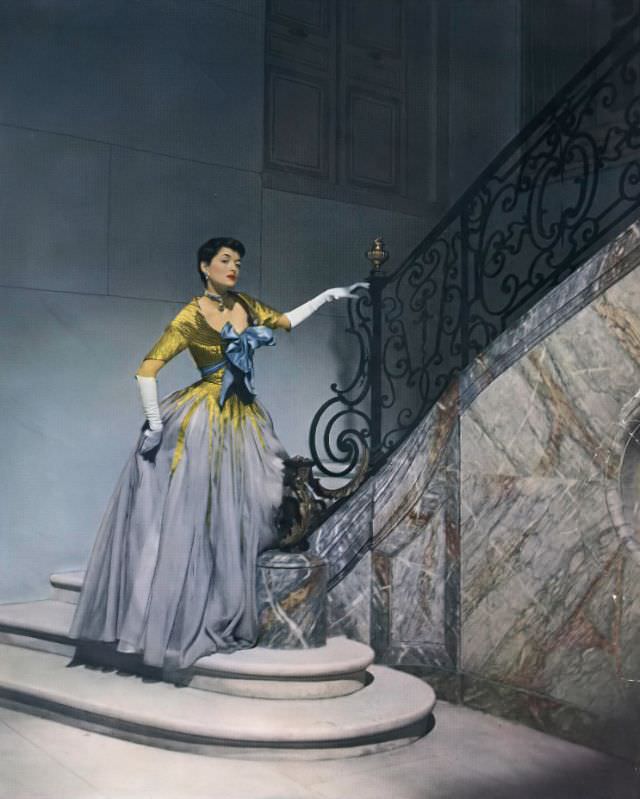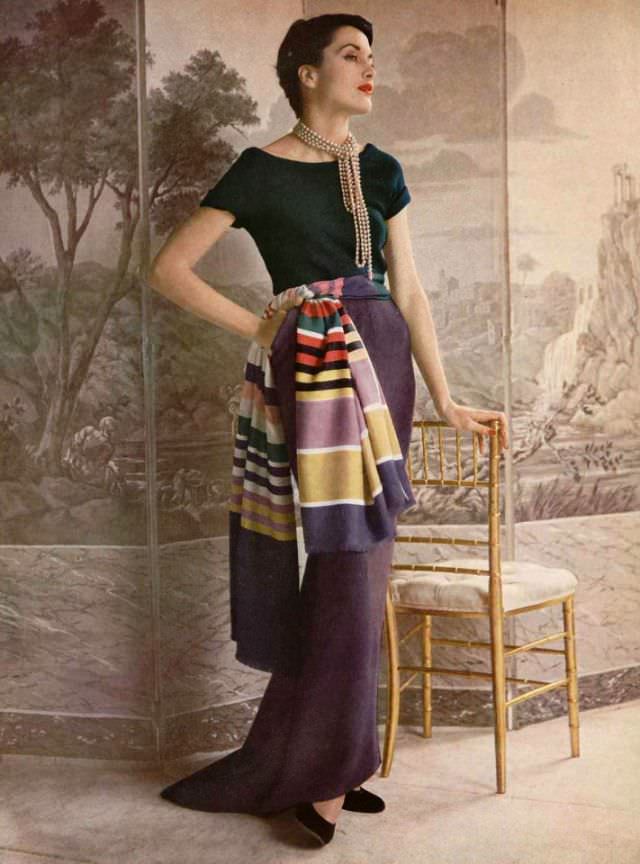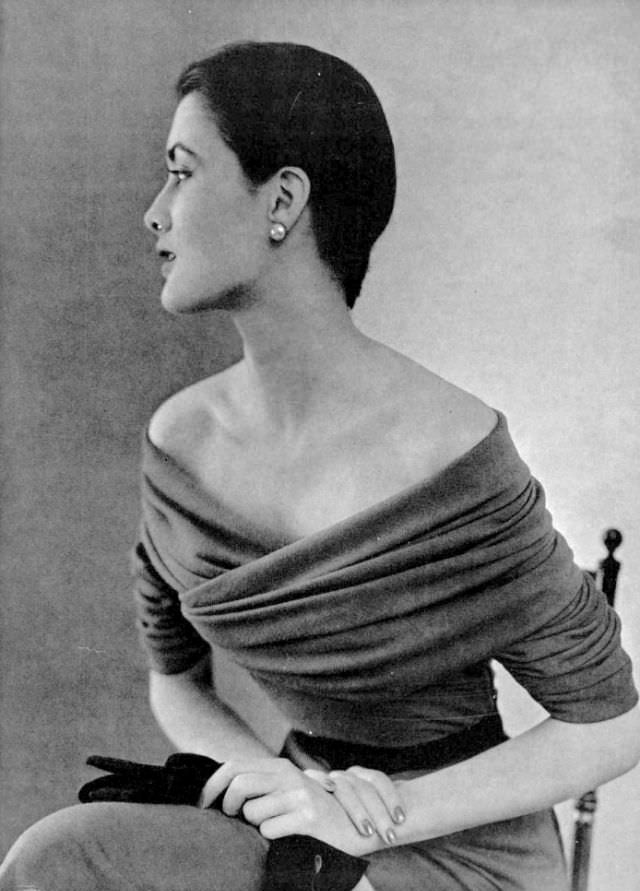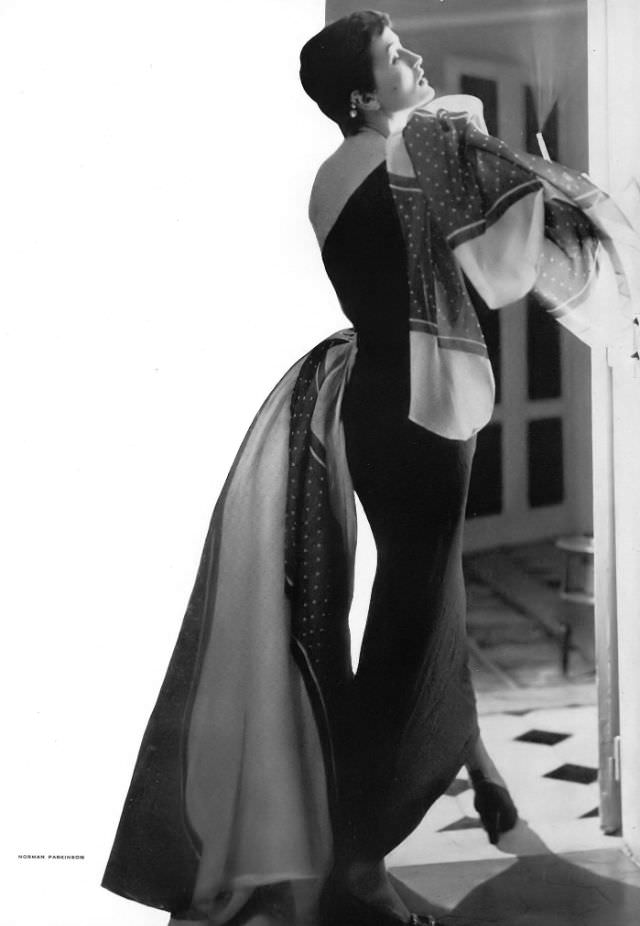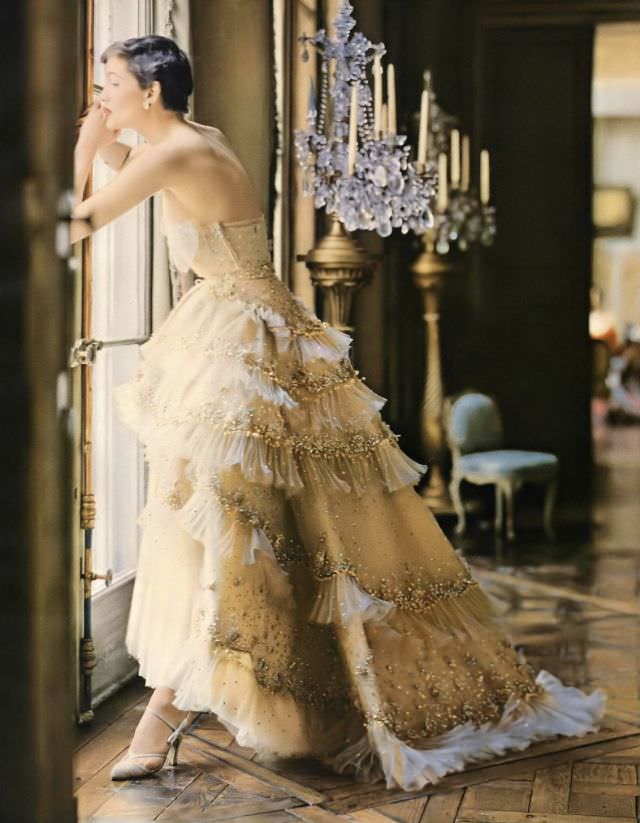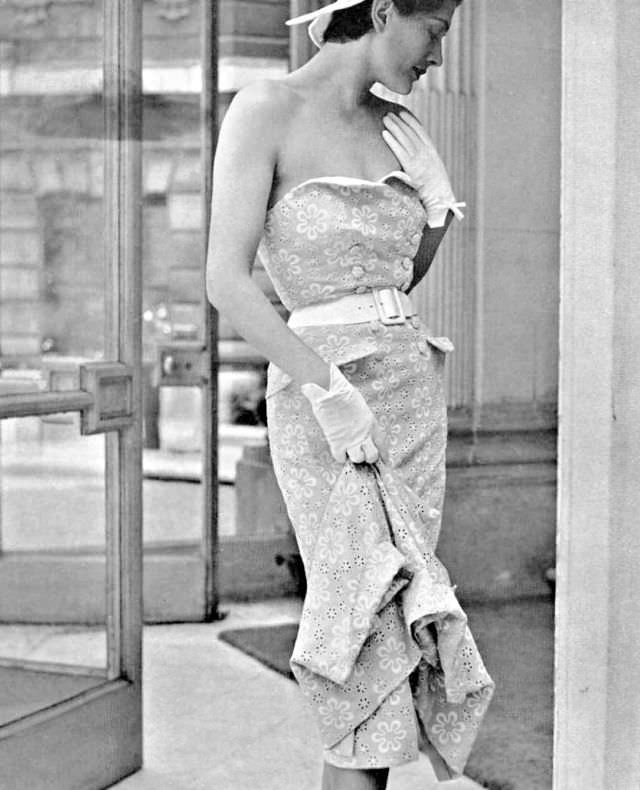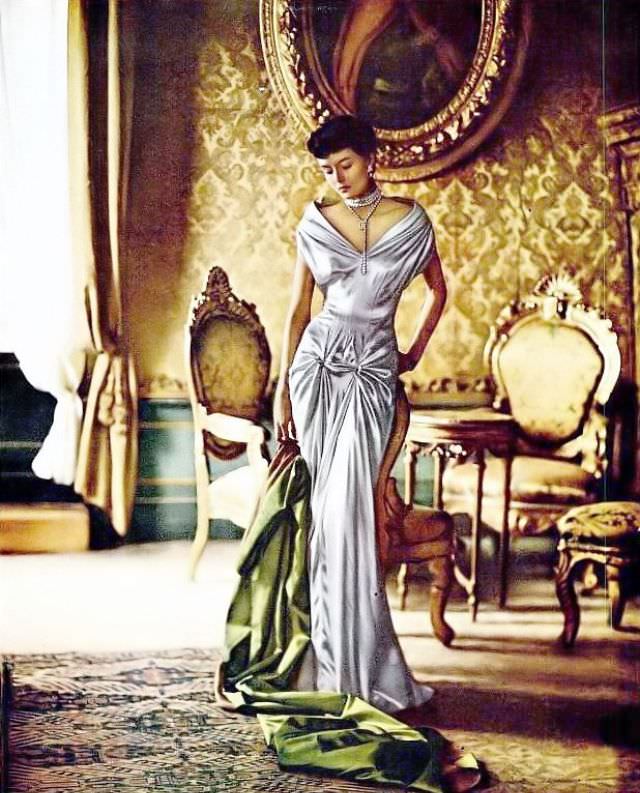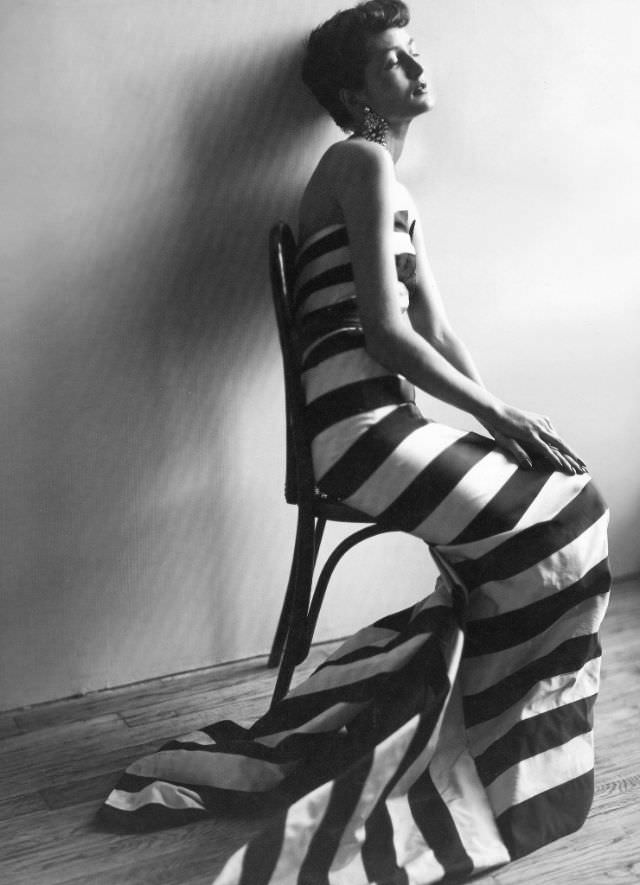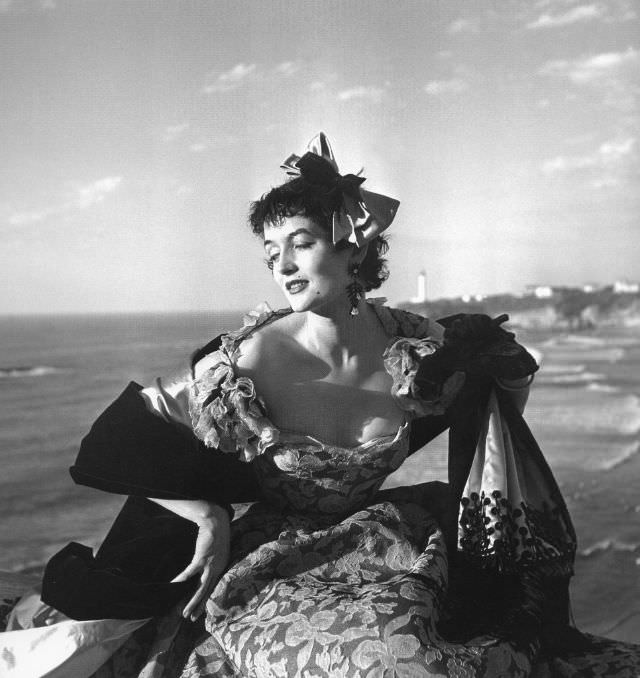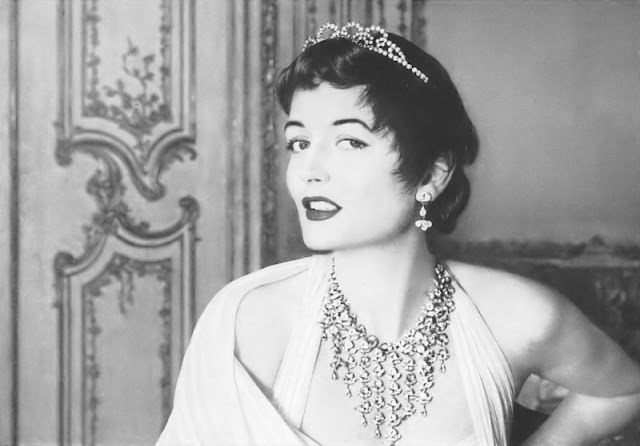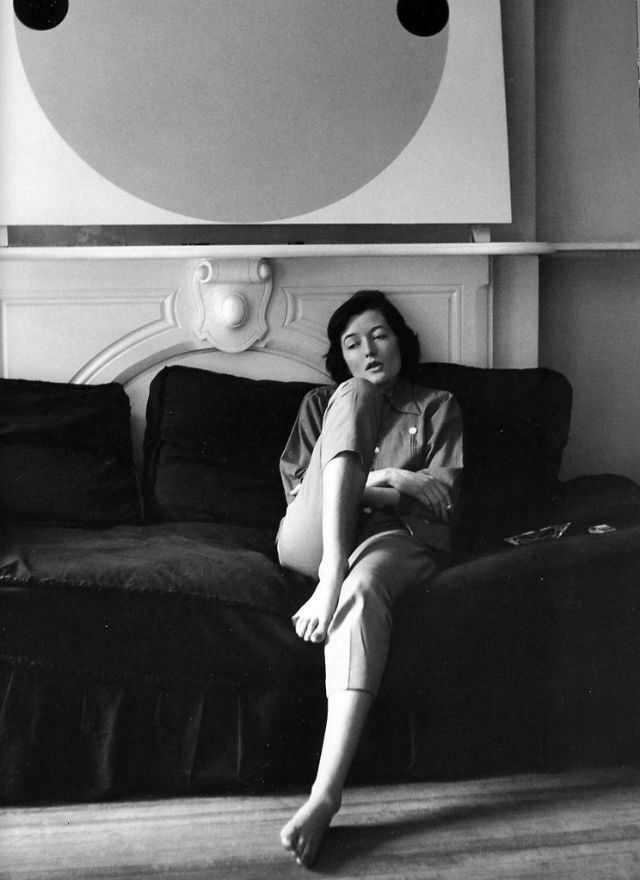In the tapestry of 20th-century fashion and film, few figures shine as brightly as Maxime de la Falaise. From West Dean’s quaint corners to Paris’s dazzling fashion houses, her journey was anything but ordinary. Let’s take a closer look at this captivating persona who weaved her magic across various realms.
Born as Maxine Birley in the picturesque setting of West Dean, West Sussex, in 1922, Maxime’s roots traced back to both English and Irish lineage. Little did the world know then that this young girl would go on to redefine fashion and elegance.
The Parisian Charm
In the 1950s, Maxime’s path crossed with Elsa Schiaparelli, one of the stalwarts of the fashion world. Working as a ‘vendeuse mondaine’, Maxime was not just another employee at Schiaparelli’s atelier. She described her role as “a sort of muse who was supposed to encourage sales to the rich English.” This was not just about sales; it was about influencing and inspiring, something Maxime seemed to have a natural flair for.
The Camera’s Muse
A face and style like Maxime’s were bound to catch the eyes of the era’s premier photographers. From the iconic lens of Cecil Beaton to the artistic captures of Jack Robinson, Maxime became a favored subject. Her ability to resonate with the camera, combined with her unique fashion sense, made her a favorite in the modeling world.
In a world that often sought to define style with conventions, Maxime’s approach was refreshingly uninhibited. She had a flair for merging elegance with a touch of the avant-garde. It’s no wonder that Cecil Beaton, an influential figure in both photography and fashion, went on to dub her as “the only truly chic Englishwoman.”
Beyond the realms of fashion, Maxime also dabbled in underground cinema, adding another feather to her eclectic cap. She showcased her versatility as an actress, proving that her talents were manifold.


